Audiodrom Reference Room
Everytime I come across a picture of the listening room that belongs to an audio reviewer, I save it into my archive. I have been doing this for years, and there is 43 pictures in the archive to date illustrating the listening spaces of guys from Stereophile, The Absolute Sound, HiFi News, Positive Feedback, HighFidelity, and many other known and less known magazines, review sites, and high-end blogs. There is one remarkable aspect to the pictures - no two rooms are identical.
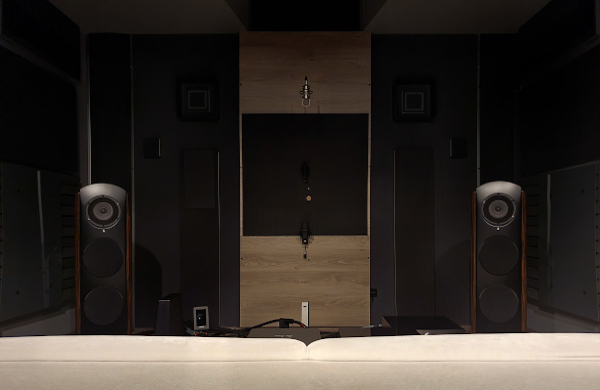
The Reference Room
Well, it is logical you may say, each room and each system is different. Yes, it is true, yet the rooms themselves are more or less typified, all are rectangular prisms with floors and ceilings, just sizes are different. Of course, unless you review for 6moons and your room is a chapel. The theories of room acoustics and listening spaces are widely available in paper format or on the interent, and they converge to similar solutions. So why the supposedly ideal listening rooms of reviewers differ so much? Shouldn't they converge to a hypothetical ideal?
Unlike porfessional studios and control rooms the rooms of reviewers are living spaces, not working spaces. No matter that hi-fi is a manly hobby, home decor is a female hobby, and we have to make compromises. Even if your spouse is a benevolent one, there is often the budget side of the problem that does not allow to imitate Skywalker Sound and Abbey Road at home. Should you, the reader, are not worried by any of the aforementioned, I envy you.
Another truth behind me collecting the pictures of listening rooms is that - many years ago - I wanted to be like them, like those that hear everything. If I live in a similar prism, my logic told me, and I use the same system and the same panels on the walls, I will be happy. I was not. The experience is non-transferrable and each room is unique, as is the listener. Today, after years, out of the 43 rooms in the picures I would be curious to audition maybe 7. I am not interested in the remaining 36 of them, not to ruin my high esteem about their owners that also happen to be audio equipment critiques. And maybe those 36 reviewers would not be interested in my room, so it is okay, I guess. I have built my room for my ears and my eyes, as they have built theirs.
Once I lived in a loft, and it was the best listening room that I had. The walls were wooden boards, the ceiling was reed with no insulation between it and the roof tiles, the floor was made from wooden boards across wooden beams. It was uncomfortable, but sound transparent. However, I did not want to be cold in winter and sauning in summer, so I moved on.
The opportunity arised and I could design and build my own listening room. My spouse let me do what I wanted, there were enough other rooms left to her. Yet, the budget constraints existed and I had to respect it. I started studying available materials on acoustics, a lot of them. I contacted professionals. But mostly I took the trial and error approach. Not that it was the fastest route to the destination, but because the sound did not behave as theories and professionals foresaid. I think this is exactly what makes audio enthusiasts ticking: the journey, the possibility to explore, fail, learn, and improve. Today, I would estimate my system, that is the electronics and speakers, is responsible for ca 30-40% of the final sound. The rest is the room and many tweaks that I employed along the journey. This article is a guide around my room.
The room.
The room is not big, the floor is less than 20m2, yet the floorplan makes it interesting as well as its volume of 63m3. Still, according to all measures, it is a small room. The small rooms have acoustic advantages - like easier reverb management - and disadvantages - like modal problems and non-existence of really deep bass. It is physics. So the really deep bass is heard several rooms further into the house and their inhabitants do not like it a bit. In the small room, the listener is usually quite close to the speakers which is another advantage for the most sound arrive direct, not reflected. Weighing the pros and cons resulted into a decision to built something like "a domestic control room" with precise acoustics and even reverberation to hear "the most from recordings and the least from the room".
The irregularity of the room (aside the ceiling and tilted walls) was not calculated to fight the room modes, rather to make a room for hidden damping materials so that they would not protrude into the room. The ceiling uses skylight to allow daylight into the room. The speakers and the listening sofa are not close to any wall and their exact placement is a result of several years of fine-tuning, inch by inch. With each change in acoustics the position of the speakers and the sofa had to be recalibrated. (Note: the picture is not in scale, it is a draft only).
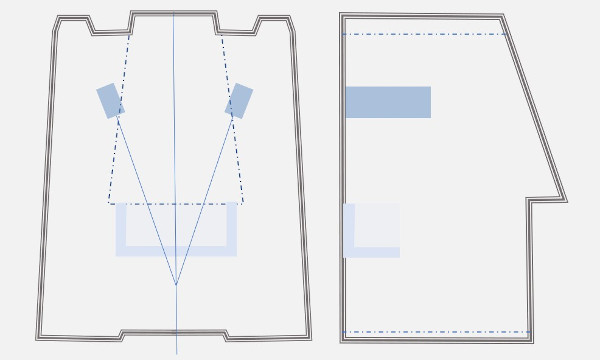
This is how the raw room looked like (the view of the front wall). There are perforated bricks under the plaster, the sides have an added layer of inner insulation to level the tilt into a rectangular shape - from inside the room the side wall appear parallel. There is a separate electric circuit for the components, the cable between the breaker and the Schuko outlets (placed in the floor) is a standard gauge, nothing fancy. Also the outlets are standard Schneider Electric assemblies. Three years ago I experimented with Furutech and Gigawatt outlets and did not find any benefit in having them installed.
Before building commenced I tried to check the room dimensions with an acoustic calculator - see the pictures below. With a bit of luck I got into preferred zones (the darker the spot in the picture the better). Anyway, the calculators work with prisms, not with irregular shapes, so the simulation is not telling a lot.
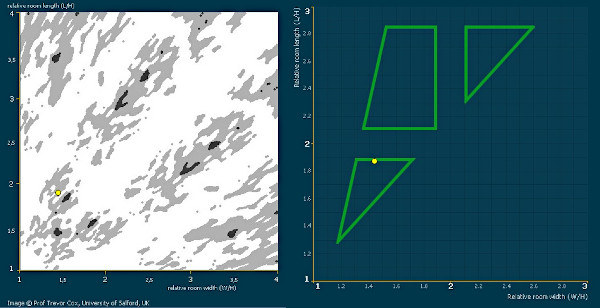
There is a floor heating installation under the floor. I insisted not to use anhydrite layer which is common and very bad for sound - porous foamed concrete was used instead. This way the floor consctruction damps efficiently. Unfortunately, the upper lamino boards spoil it quite a bit, they look nice, however. The ceiling works started with a suspended part of the ceiling. The height of it is 28cm and it is filled with combination of various sound absorbing materials, mostly Basotec, Rockwool and Cellofoam). Five years later I adjusted the composition of the filler for a little less absorption.
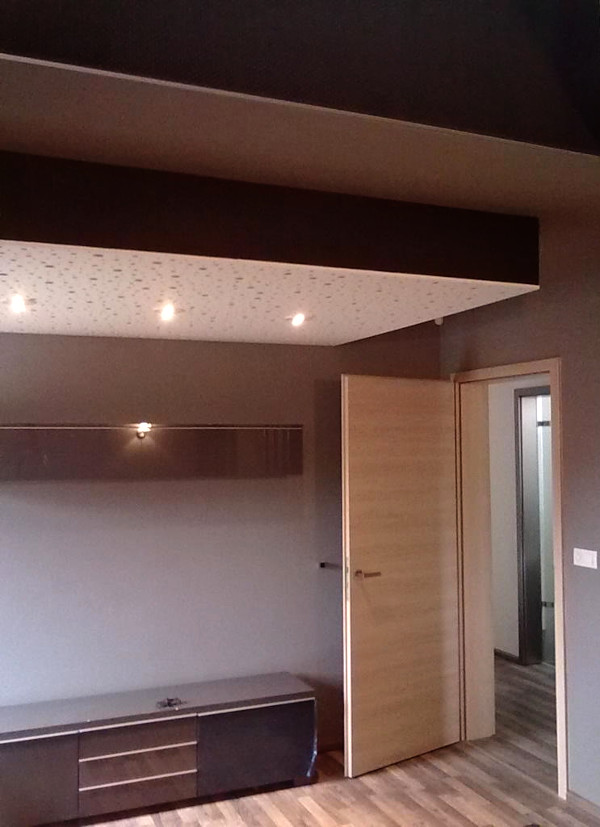
The ceiling is the most complex structure of the room - all its surfaces creater a highly irregular and non-parallel planes. Thanks to it large parts of the ceiling did not need any extra treatment. Yet, the convex hanging panel that is positioned just in front of the listening position (at the spot of the first ceiling refelection) was the key for the great sound. The process was highly iterative, I climbed the ladder many times before I got this panel right. The final version of it is a composite of a bent soft fibrous board, cardboard, and Cellofoam.
The front wall in the picture looks flat but it is not. All the acoustic materials (Basotec and Rockwool types) are hidden behind the decor, in the cavities that were prepared during the building phase. A professional acoustician prescribed a thick metal plate resonator for the center of the front wall. It was too heavy to realize so it was replaced by a lamino panel fine-tuned by metal weights to its final mass.
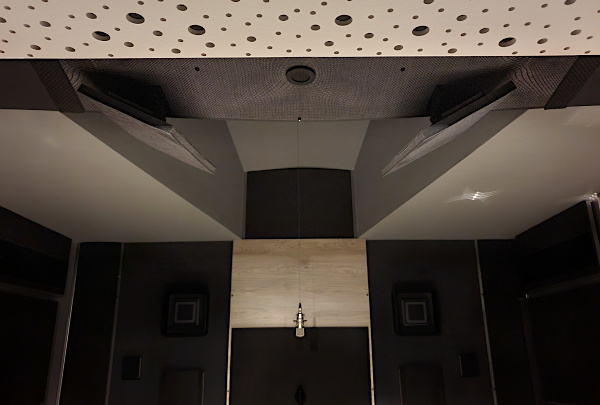
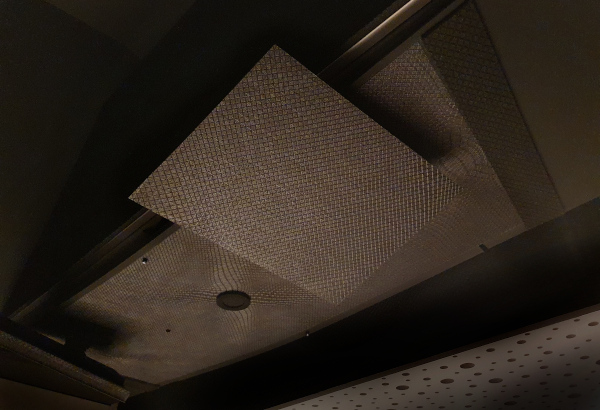
Cellofoam was mentioned several times already. Basically, these are the structured surfaces in the pictures. The company is a supplier of automotive industry, among others, and its vast catalogue contains foamed materials of various thicknesses, decor, and acoustic parameters. For all their products measurements are published, so it is easy to choose the right material if you know what you are after. In my room there are 5-6 types of Cellofoam. Initially I also tried materials purchased from Akustické pěny, but these proved not to be very beneficial and ended up covered by grey perspex boards to reduce their too high absorption in top octaves. The perspex solution, on the other hand, proved to be effective. So finally, the sandwich of wooden grid + foam + perspex, with air gaps, was a succesful combination.
There was a lot of improvisation - the vertical diffusers/absorbers are made of IKEA picture shelves, randomly filled with cut-offs from various damping materials, and covered with Cellofoam to unify the decor. Fastening materials were purchased in hobby markets. If there was something not available, I made it by myself.
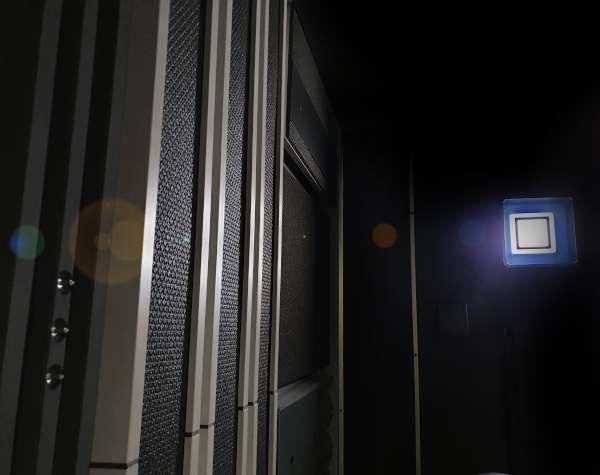
In the picture below please notice the red light on the left. This is one of the four Schumann resonators that will be discussed later in this article. Also, you may notice the ASI Sugar Cubes and Synergistic Rsearch HFTs. I will be back to them in a minute.
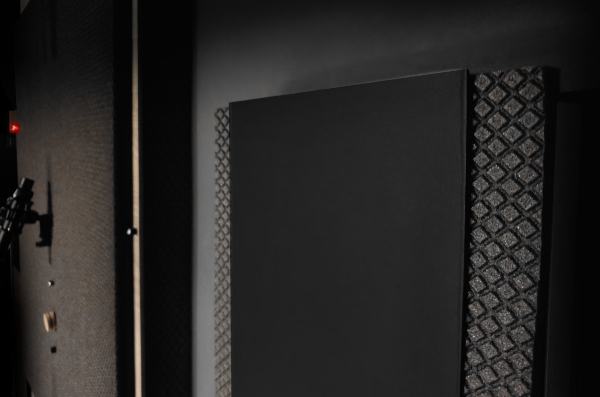
I would love having the walls covered like they have in Studio One of The Czech broadcast. However, I could not figure out how to maintain it without dust. My current installation can be easily vacuumed or wiped with damped cloth.
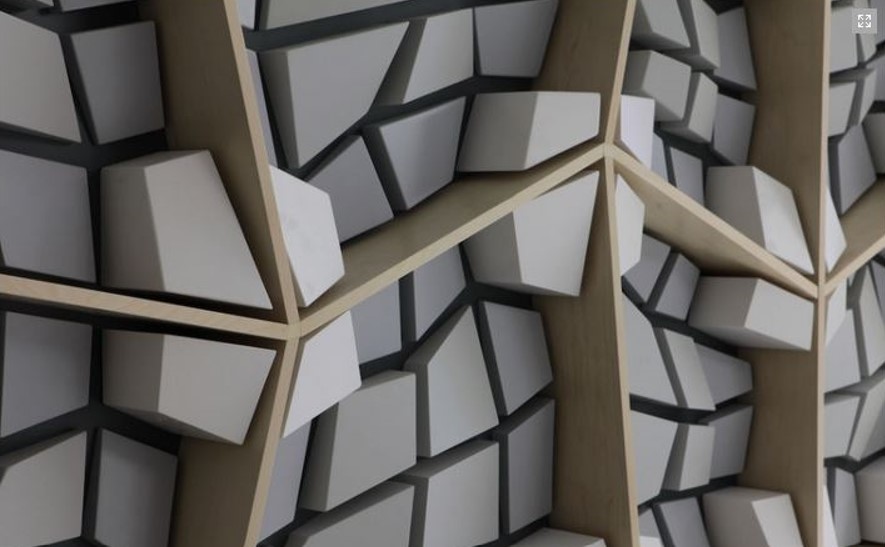
For the rear wall plan I preferred diffusion. A big part of the wall is occupied by shelves with CDs, the rest is covered by thin Cellofoam with diffusion elements attached on it. Originally I used wooden diffusers from Vicoustic that soon were replaces by curved EPS Wave diffusers from Thomann. Unlike Vicoustic the latter diffusers do have some undefined absorption properties too.
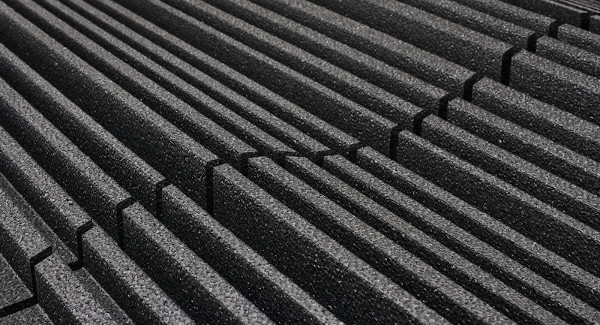
The diffusers were attached to the wall by strong neodymium magnets. Originally there was an air gap between them and the wall but the sound was too dead. Now they are magneted without the air gap. It is a great solution. From time to time, when in doubt, I unmagnet one or two of them just to check their contribution. They do contribute a lot.
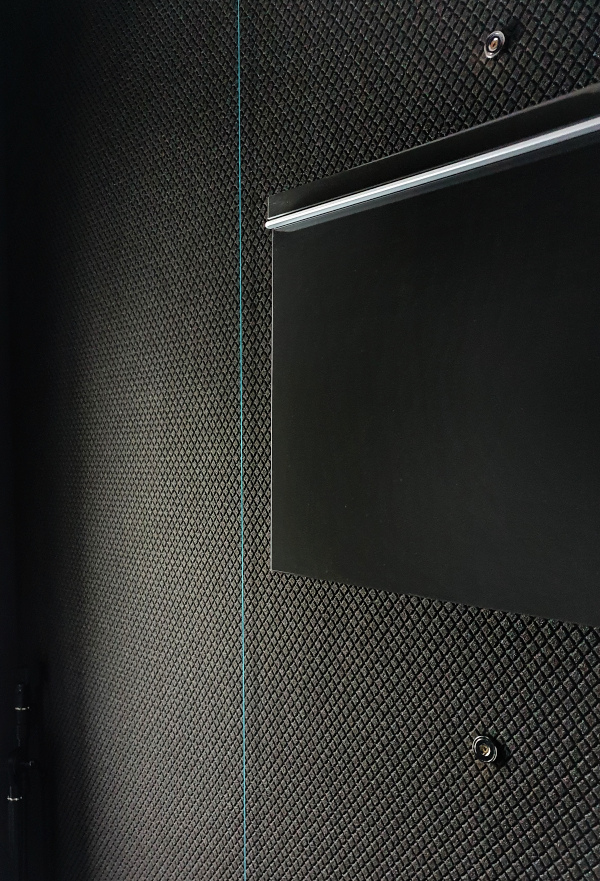
You can see in the picture below that I treated the EPS surface (which is quite porous) with several layers of home acrylic paint. If you decide to do something similar, never try to paint with brush (it is a tiring and difficut job), use a spray gun or spraycans instead.
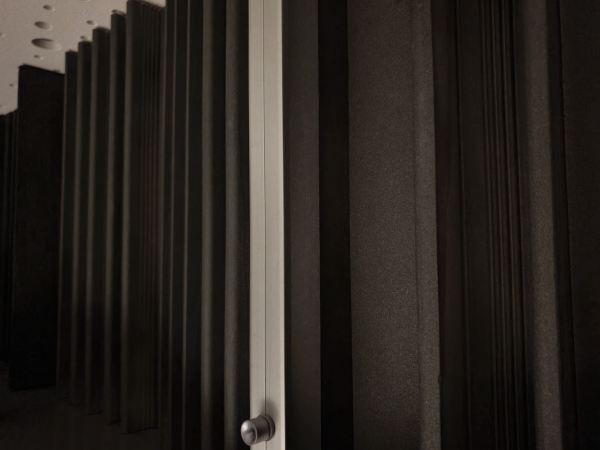
In the beginning of the project I tried to achieve that my listening position measured flat on microphone. Call it a naive and unexperienced audiophile. The point is that I succeeded at the end but I did not like it - the sound was lifeless and uninvolving, I missed more bass and I felt there was too much energy between 1-3kHz for my ears. This happened 4 years ago. Most adjustments to the listening room parameters happened afterwards, with the goal to destroy the flat curve and model it into something perceptionally better. That involved - through strategically placed acoustic elements - shelve down the curve in treble, adding 2-3dB in bass, suppress the presence region by 1-2dB, accent the 'air' region, all with rather low Q not to create anomalies. I succeeded in the end. The only flaw is the room mode of 50Hz where a dip exists. The dip has a quite high Q and 40Hz and 60Hz are all right. I tried multisubs and DSP with no good effect (means that I could eventually fill the dip but traded-off other things that I could not be without). Anytime I get a hold of an interesting acoustic element I try it, live with it for a while, and either keep it or remove it. So the process continues, however there is a little that can be done other than the build a new room, a bigger one.
Pictures below:
- The frequency response of Audio Physic Virgo V in my room (red, minus 10 years) and Bowers & Wilkins 802 D2 (white, minus 9 years), the room in its back-then shape.
- The frequency response of TAD Evolution One in my 'let's listen flat' period (blue, minus 4 years) after additional acoustic treatment.
- The target curve that I wanted to achieve (simulated) after I set the priorities for sound (pink).
- The current measurement with exactly the same equipment, after adjustments in acoustics. No DSP, one sub.
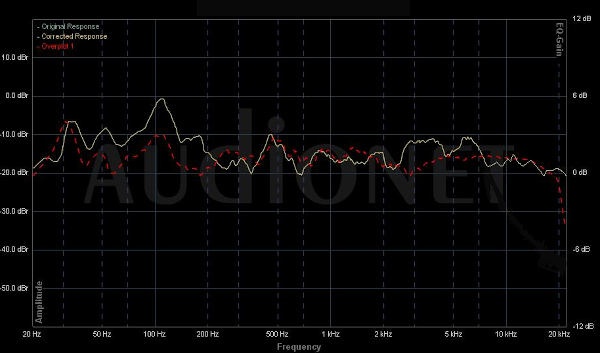
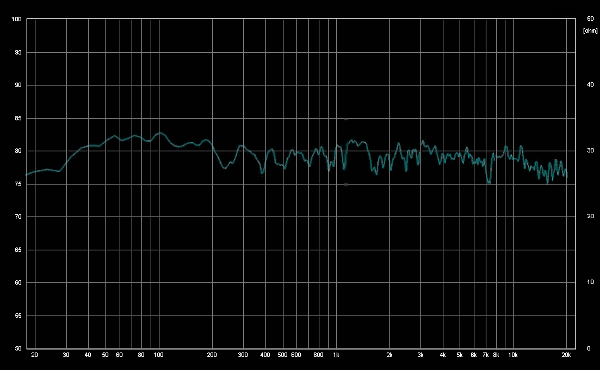
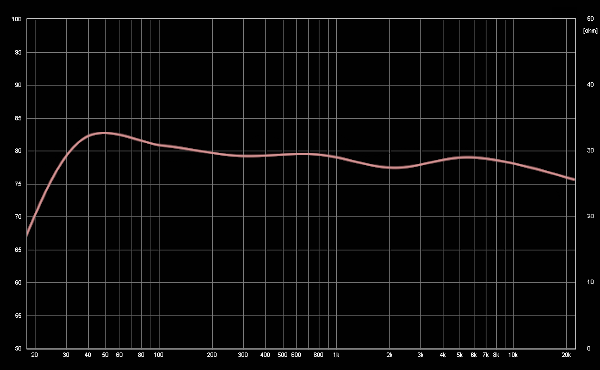
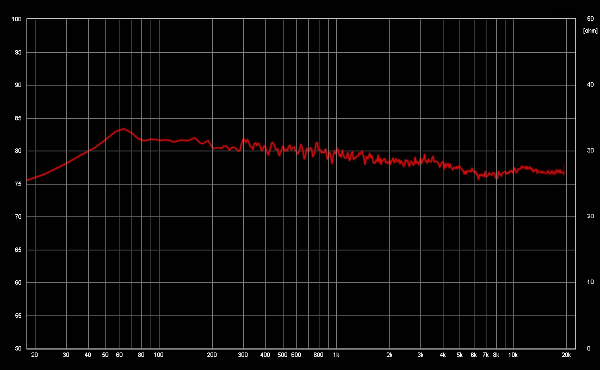
The whole 'room voicing' process was experimental, trial and error. The room is now surprisingly close in its response to the curves published by Floyd E. Toole (based on Sean Olive's research) in his The Measurement and Calibration of Sound Reproducing Systems paper. From top to bottom, at 50Hz:
- the response preferred by untrained listeners (4)
- the averaged preference of all listeners (11)
- the response preferred by trained listeners (7)
- the simulated response of quality loudspeakers in a typical room. The grey dispersion is due to dispersion of room modes.
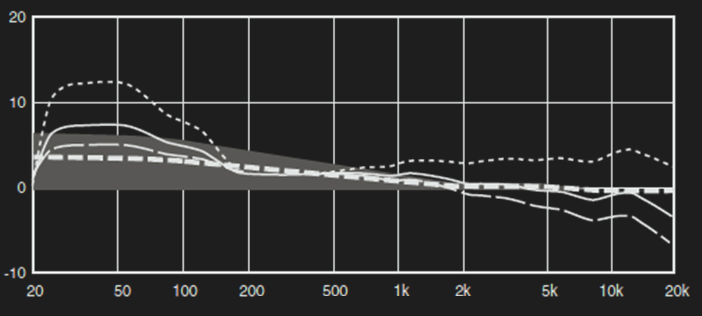
Well, that's all about the room, I guess. Let's now take a look at other "accessories" that are helping me sculpt the sound into the final shape. I said earlier that the electronics and speakers are responsible for maybe 30-40% of the final sound. The acoustic treatments represent another 40%. The rest, 20-30%, relies on the "accessories".
Accessories.
Let me start with the power delivery. To me, the power is the second most important right after the speakers. It affects everything,. Through years, I did not find any correlation between the quality of power supply and the price of the power delivering equipment. As usual, you must be looking for the best fit, not the best brand. My best fits are two. Stromtank is one of them. I cannot afford to own S 5000 model because it is too big. From the other two models that I tested, the S 1000 provided the better result. No matter that I can't connect my power amplifier to the Stromtank, it remains to be one of the best investments I made. Although some power distributors and filters provide more 'wow' at the first listen, the Stromtank is an irreplaceable tool for all listens.
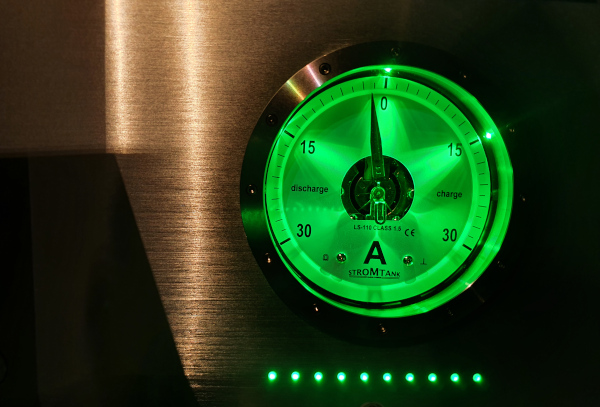
Shunyata Research Denali is another stronghold of the system. It provides juice to the power amplifier as well as it is a central grounding point for everything. I tested other grounding solutions from Nordost and Synergistic Research, yet the Denali was the clear winner. Inmy case the proper grounding is heard as total disappearing of background noise. Not that there is any audible background noise without the Denali, but with it the electronics are dead quiet. The grounding wires are of a great importance too. I tested some big name brands as well as homebrew cables, and ended up with heavy gauge Oehlbach silver plated copper stranded wires (made from separated legs of a loudspeaker cable). I bet there are even better grounding wires waiting ou there, but after I completed all the intricate wiring I lost interest in doing it again. In future, I would like to explore new Shunyata solutions, successors to their Everest units. Until then I am fine.
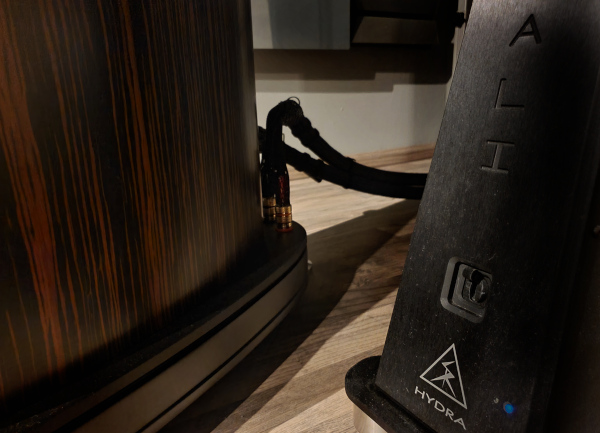
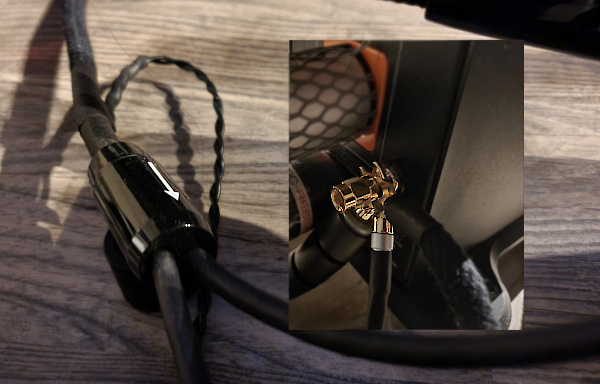
The performance of the Denali was elevated by the Nordost Qv2 plug-in modules. I had many of these (together with Qk1) at home to test placements and combinations. I also had similar units from Furutech (NCF Clear Line) and Ansuz Sparkz TC. The original plan was to use all the plug in modules because - as manufacturers say - the more the better. Not true. Finally, I only kept two Qv2s in the positions seen in the image below. What did improve? The soundstage, perspective, layering. The images are holographically locked and precisely outlined, as well as they are more alive. There was no trade-off with the Qv2s (unlike with other modules). You may also notice that the Qv2s are plugged in upside down. This is correct because the phase pin is inverted in the Denali outlets. This does not mean that power amplfiier's power cord is connected also upside down - the sound is better when it is connected 'incorrectly'. As usual, experiment and trust your ears.
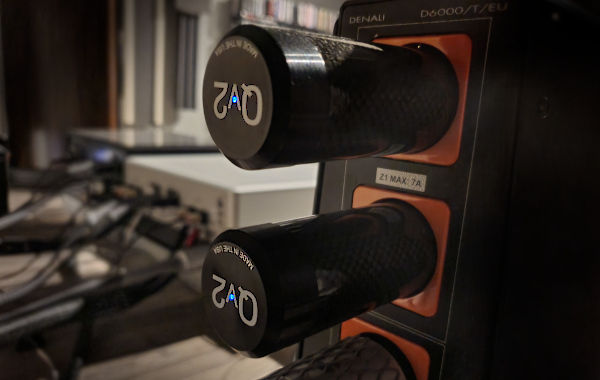
Isolation feet and platforms. I have special tripods manufactured under my TAD speakers to fit slightly tuned Finite Elemente Cerabase Classic. I tried Nordost Sort Fut (with not that good result) and Stillpoints Ultra 6 V2 (with slightly better result). I sticked to the better price vs performance ratio of the Cerabase. Should I change the speakers in future, I would use the Stillpoints Ultra 6 V2 or better. There are Nordost Sort Kone (a combination of AC and AS, which was better than BC and TC) and Stillpoints Ultra Mini (that was better than higher in range Stillpoints models) under electronics. I assume the whole system must be seen as a resonant system that needs to be fine tuned to the balance. The means that you employ must be strategically chosen, and this has nothing to do with the brand or price. Like an orchestra - if one instrument is out of tune, the orchestra is out of tune. No matter how expensive or famous the instruments are.
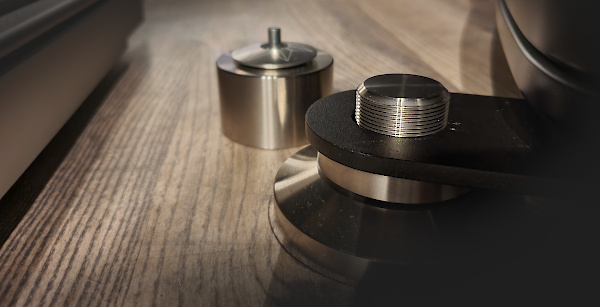
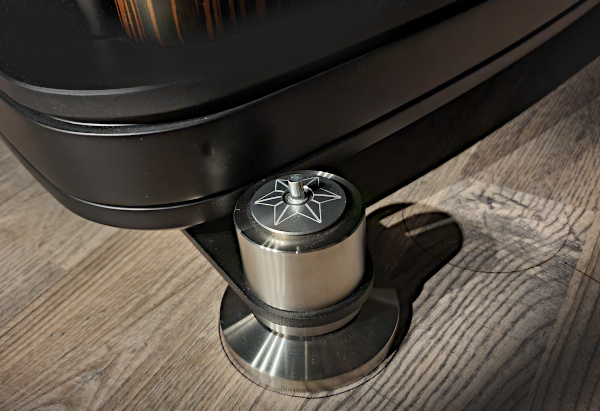
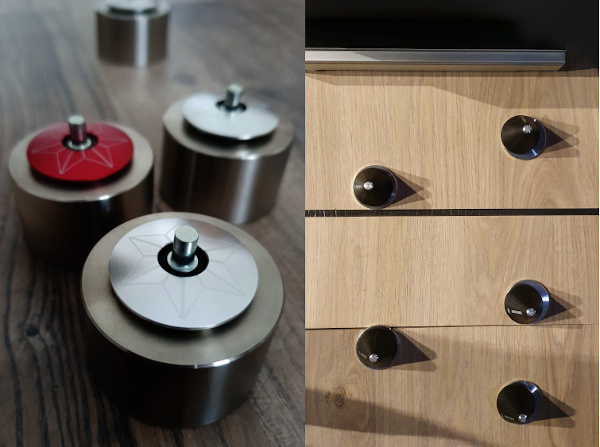
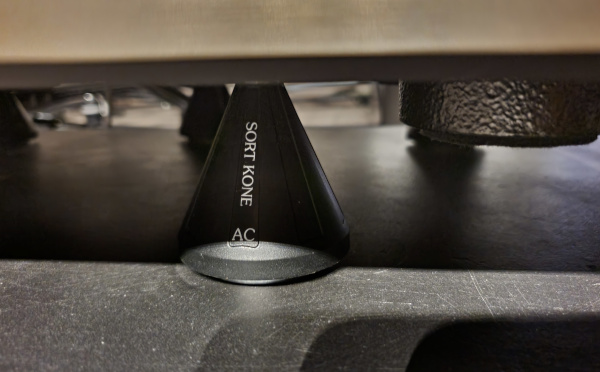
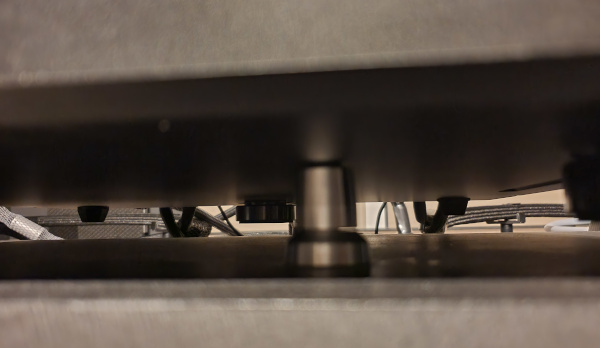
The loudspeaker cable supports represented another challenge. The AudioQuest Dragon cables are thick and heavy, especially in bi-wiring, so most commercially available supports cannot be used and I had to improvise. I used CellularLine cell phone holders from a local store, connected to hockey pucks. There are various elastic segments between the cell phone holders and the pucks, as well as between the puck and the floor. The final compound solution is elastomer-aluminum-elastomer-polymer-foam-elastomer-elastomer where each elastomer is a different one. It works so beautifully that my homebrew supports outperformed Shunyata Research DF-SS in the same positions. Should I had the DF-SS earlier, I would not bother to make my own, however.
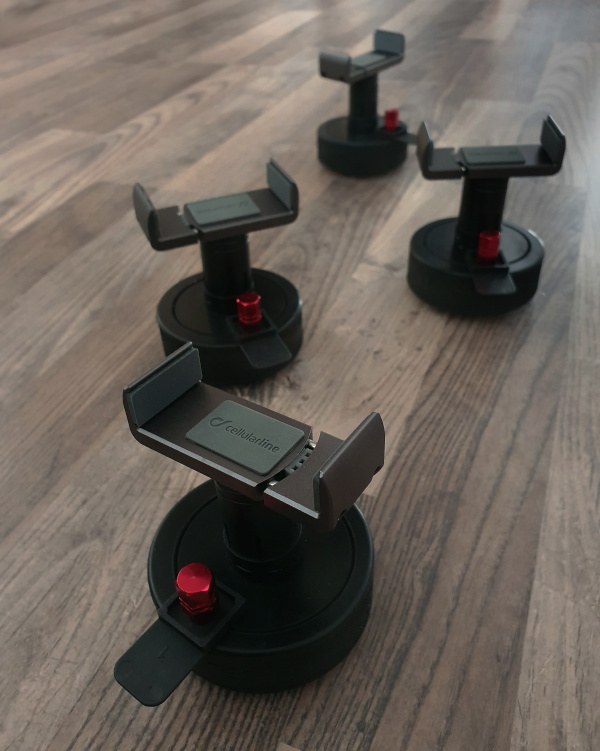
The following pictures show how other cables are supported. What you can see is that there are often two or more different types of supports under one cable, be it Finite Elemente Cera One, Stillpoints Ultra Mini and AAI Mini. This is not because I don't have enough units by type (I still have some spare) but because this gives me the best result. Again, manufacturers recommend not to combine brands but I found this appeal was driven by sales, not by the result. You can even spot the marks on the floor that say "Stillpoints here"; when I use a different support there it is audible. I had to make the marks on floor because after cleaning I always spent way too much time by fine-tuning the positions again. Im fact, I am able to demonstrate the effect of each single support. What is the take-away? Experiment and don't settle with what others say. Subtle shifts may result into a major transformation of sound.
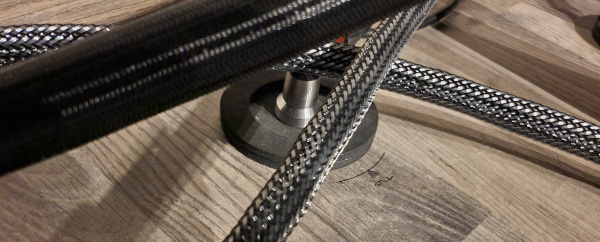
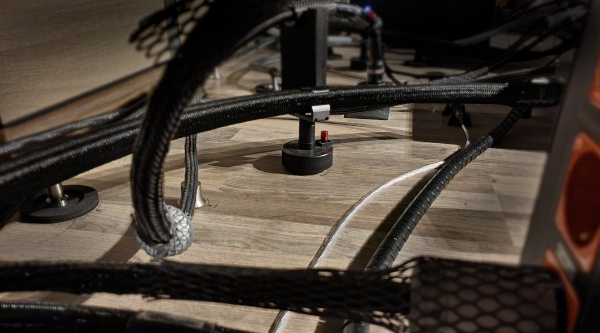
The walls are covered with CD racks. I thought it was pity not to use CDs as a part of acoustics, that's why they are randomly spread, with gaps or without. Is it audible? I would say rather not, the diffussion capacity of CDs is quite negligible, but it cost me nothing.
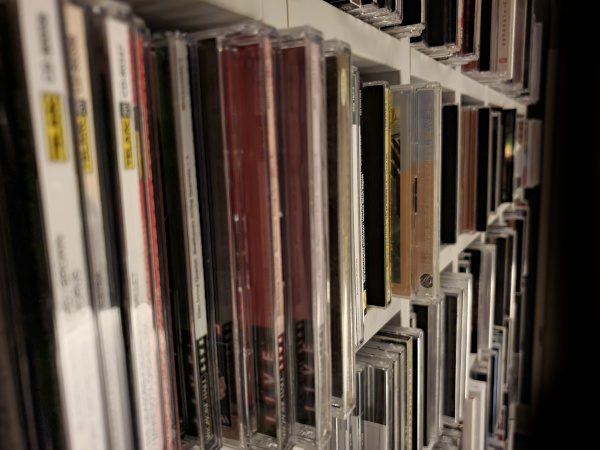
The electronics are placed on floor.Well, not on the floor directly but the set up is horizontal, no two components are above each other. Over the years I tried a lot of platforms - marble, granite and other rocks, rubbers, felt, wooden boards, composite boards, fiber boards, acrylate, stainless steel, and the combinations of all of this. I tested dedicated platforms from HRS, Stillpoints and Synergistic Research. I tested a Polish platform made of hand-polished slate boards. I never tested glass for I have never heard good sound from equipment placed on glass shelves. The final solution is once again a homebrew one. It is a sandwich based on aluminum frames from IKEA (they were a part of office furniture system) that rest directly on the floor. There are MDF boards attached via elastic segments to the alu frames. The MDF boards are covered by heavy granular rubber sheets that are used in fitness centers under barbells, on which 2cm steel plates float. The steel is waterjet cut whcih is seen in the pictures. I found very important that rather than having one large board or rubber sheet, it is beneficial to build the platform from several disconnected smaller parts. The whole 'rack' assembly is heavy as hell and sonically flawless.
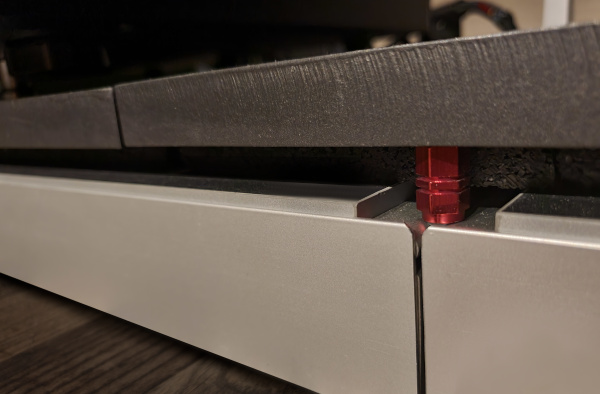
The Synergistic Research HFT are priceless. I have 25 of them (various types) on the walls and the ceiling. I tried to add more, unsuccessfully. Less than what I have is not good either. So it is a balancing act.
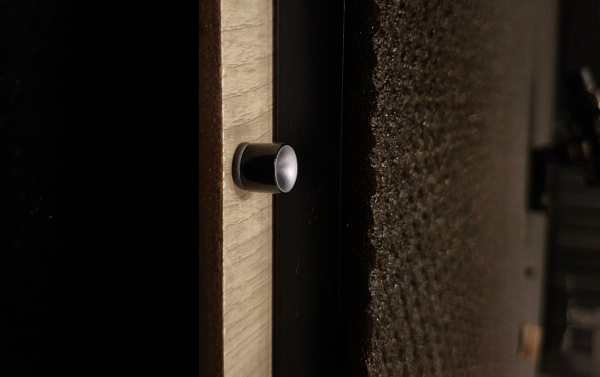
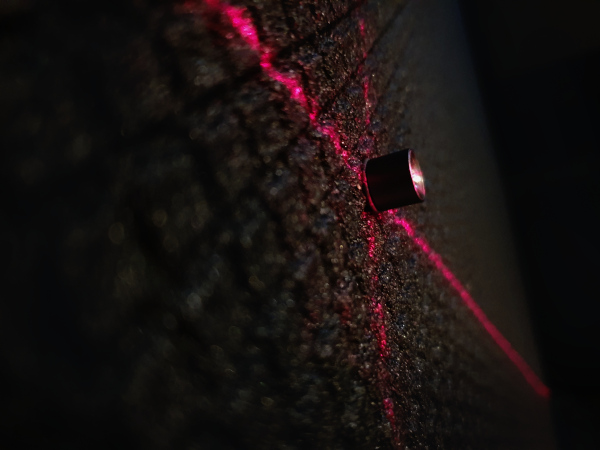
In the situation that I had to attach one HFT on the Cellofoam the result was not good. Therefore I made an aluminum 'adaptor'. In this particular case it was interesting to hear the difference between the adaptor that was flat vs the one which was S-shaped like in the picture. The latter was better.
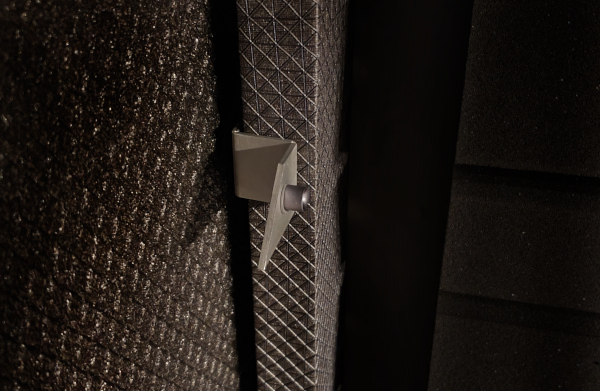
The ASI Sugar Cubes are another amazing tool to sculpt the sound. If I should highlight only one single accessory, this would be it. Provided that they are correctly placed and tuned, they are incredible, at the level of upgrading the source or the amplifier. I find embarassing they are so cheap, they should cost 10-times more.
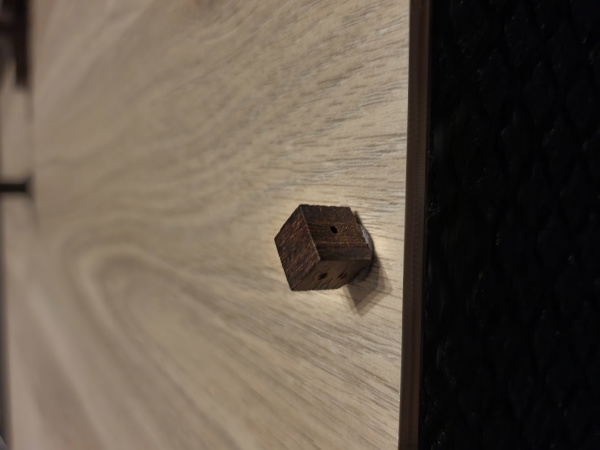
Townshend Audio platforms are a smart solution for decoupling a piece of equipment. It teases me to try one under electronics. For the moment I had one manufactured to specifications under my subwoofer. For the Sonus Faber sub fires into the floor, the platform has a circular cutout in it. I don't know whether this has any good effect, because...
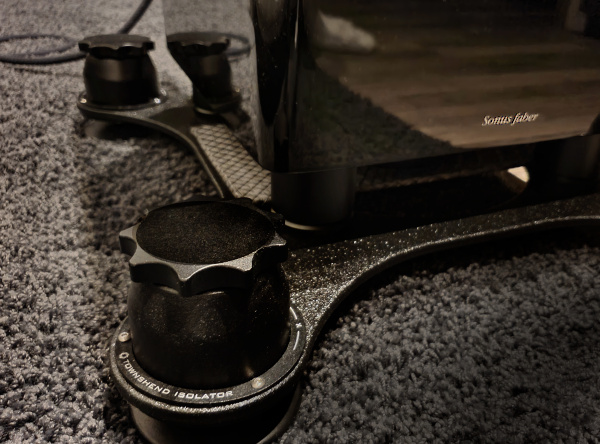
...I covered partially the cutout with a home-made deflector, made from an angle-grinder cutting tool. Don't ask me why but this tweak works - if I remove it, the bass gets slightly smeared. If I remove the sub from the Townshend platform the bass is smeared even more, despite...
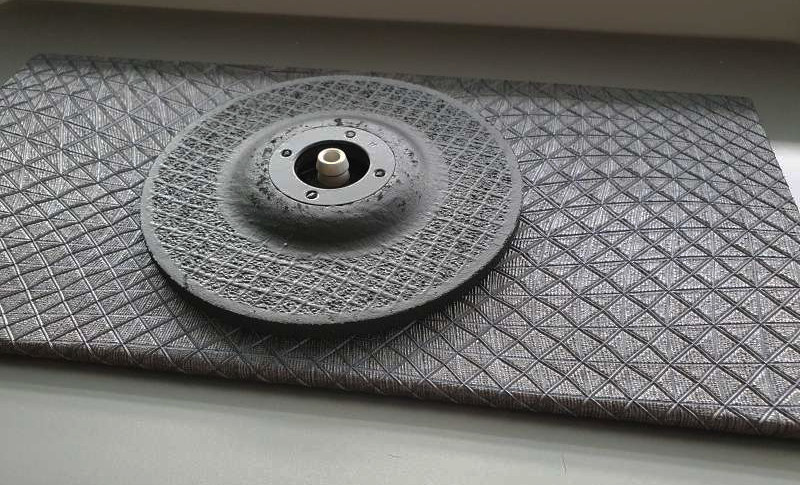
...the fact that the subwoofer is set very conservatively (I don't really need to hear the rumble of the subway from the recordings, like I did when Bowers & Wilkins DB-1 subwoofer was my resident one). In my case the subwoofer does not really add any frequency extension at the bottom octave - it helps to tame the room modes and when switched-off the music loses its 'ambient breathiness'. That's why I have it.
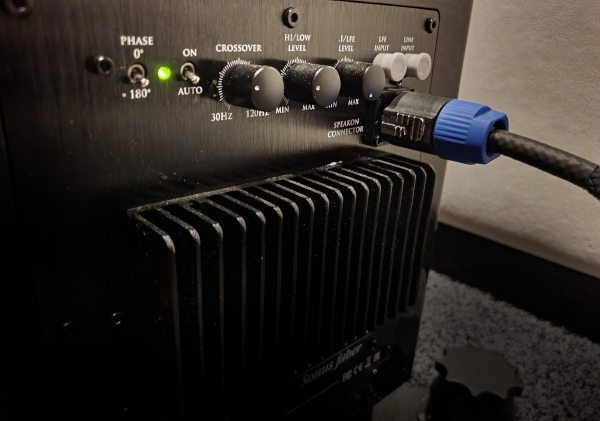
Schumann resonators represented a challenge. Before any experiments I tried to study as much literature as possible and found out that no way the Schumann resonators could work and that they are snake oil. I also found that only a fraction of the devices on market really generates something usable. I also found that most those 'Earth frequency generators' really do nothing audible and the effect - that is the change in perceived sound - is usual due to noisy switching DC power supplies they use for powering themselves. So I took the risk and had 4 units custom-built. My order read: four units, battery-powered, tunable, any price accepted. After I received the circuits I encased them in my own cases. For two weeks I was looking for the placement where they would perform the best. Two ideal spots are on the front wall, ca 160cm above floor, two are slightly higher on the rear wall. I had to manufacture special holders for them, as I need to remove them occassionally to recharge the batteries (there is a connector for it on the back of each device so I do not need to dismantle the device and take the batteries out). In continous use the batteries last for 2-3 days. If I use the resonators only for listening, they last for 1 month.
Is it audible? You bet. It takes 10-15 minutes after switching on before the effect presents itself in full. Not easy to describe the change but it is as if the air in the room got more transparent and weightless, as if the sound would not to expel any effort to travel from the speakers. At the same time the soundstage seemingly expands on all sides as if the walls were pushed away by a meter. The music becomes present and more tangible. When I switch the resonators off, there is no gradual disappearing of the effect like when they are switched on: the music and space collapse instantly. I would love to add another two resonators on sides but I am too lazy to make the cases again.
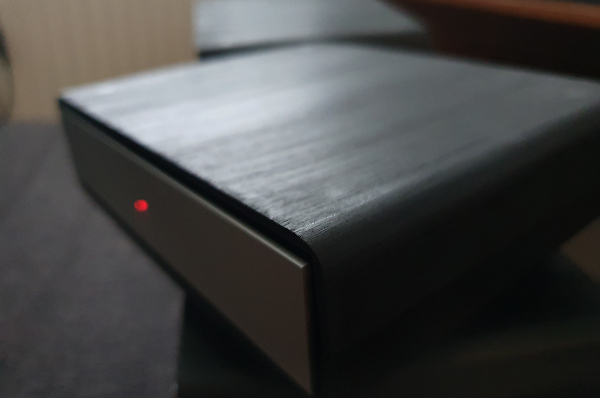
RTW is a German expert on professional loudness monitoring and audio metering. Their compact MM3 monitor helps me understand the correlation between what I hear and what really is on the recording. The RTW meter analyzes digital streams on the fly, and offers dynamic range analysis, RTA, vectorscopes, stereowidth measurements, VU metering, and many more, in any international standard. Often I use it to confirm that a vocals are really recorded off-center, or that the lateral soundstage is really way too narrow and my ears hear it correct. The RTW unit provides a pair of analogue inputs on RCA (I don't not use these) and a digital S/PDIF input that I connect directly to the output of my digital front-end. I use excellent silver Krautwire Numeric Digital digital interconnect that - out of 12 I tested - does not have any negative audible imprint on the sound. The RTW was purchased through Thomann store and I recommend it highly.
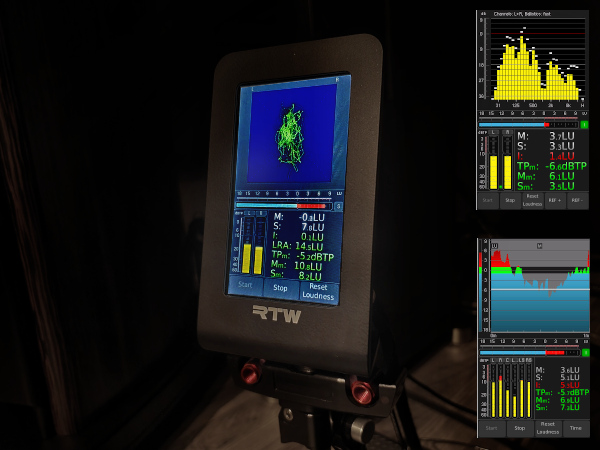
If you read through this article to this paragraph then it must be clear to you that whatever is connected to the same circuit as your system becomes an inseparable part of the power grid. This is why usual DC wall-warts have so detrimental effect on sound. I wonder why audiophiles keep using them for DACs, different 'quantum' devices and similar. They are evil. There are good linear power supply alternatives, like Nordost QSource, unfortunately expensive ones. To avoid the wall-wart effect I use battery supplies for most my accessories, the RTW analyser included. It is powered from Xiaomi power bank. Despite the large color display the RTW power requirements are low and the fully charged Mi PowerBank 3 Pro (20.000 mAh, 45W max) provides juice for 2 months of occassional metering. No need to say that the RTW is grounded to the Shunyata Denali too.
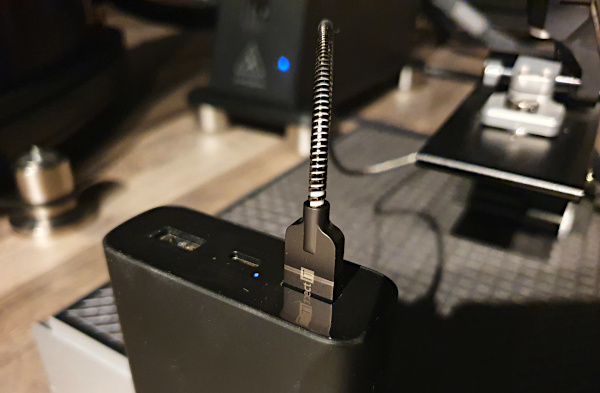
IsoTek's Full System Enhancer & Rejuvenation Disc is another must have. When I listen after a long break or when my system is powered off for a week, the IsoTek disc is exactly what puts the system back into shape without the need to spend long hours of re-burning the system in. You know what I mean - the systems always sound better the second day of any audio exhibition. With the IsoTek I use the 30-minute track or its 5-minute version to exercise speakers and I am done. With music I would need to wait 3 or more hours to have the same.
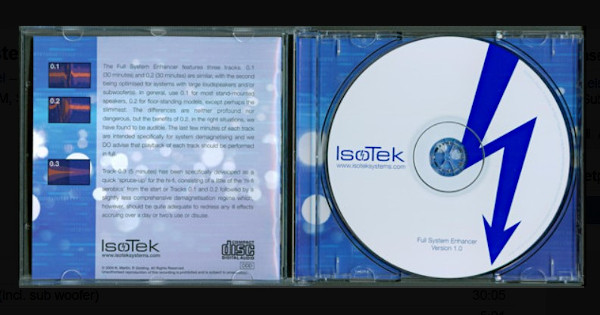
The Synergistic Research Black Box is the latest addition to the accessories family. After experiments with the total of 5 units I decided to keep two. The Black Box - provided that it is carefully positioned - can not only improve the bass (better articulation, solidity, and textures) but it also improves mids (more real, more relaxed) and highs (sweeter and more extended). The effect of the Black Box is very easily demonstrable and the review is pending so I won't write more now. Suffice to say that it is not an esoteric device but a low-frequency mechanical resonator, and although it is completely passive it alters the ratios of frequencies and their harmonics in favour of better clarity and control.
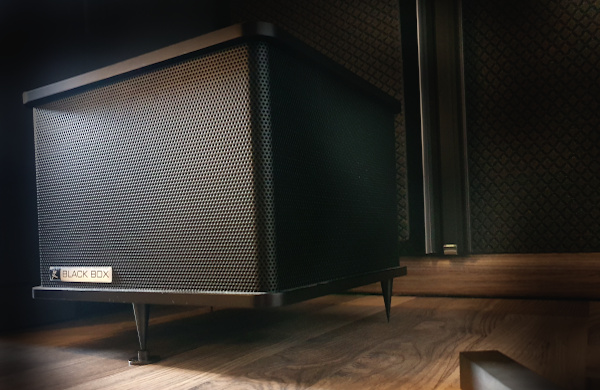
The Behringer rack in the picture below is a left-over from my experiments with recorded sound. I kept it for its vibe - the underlit buttons give a special flavour to the room, although there is obviously no other contribution to the sound of my system. Still, now and then I use some of these units to test something, or I occasionally use the microphone premplifier.
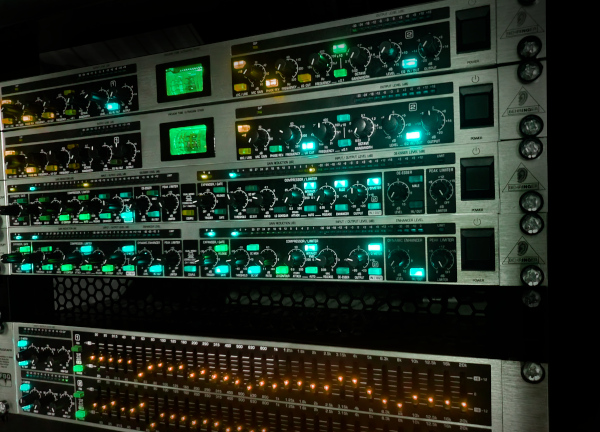
The main message of this article is this: don't be afraid to experiment, and don't listen to what other say. Trust your ears, not self-appointed experts in audio forums and Audiosciencereview.com. So, if you hear an improvement thanks to a mystic statuette from Borneo that is placed on your DAC, keep it there.
P.S. If any of the readers would like to share the secrets of his/her audio kitchen with other readers, please feel free to get in touch with Audiodrom through the contact form.
(C) Audiodrom 2022




